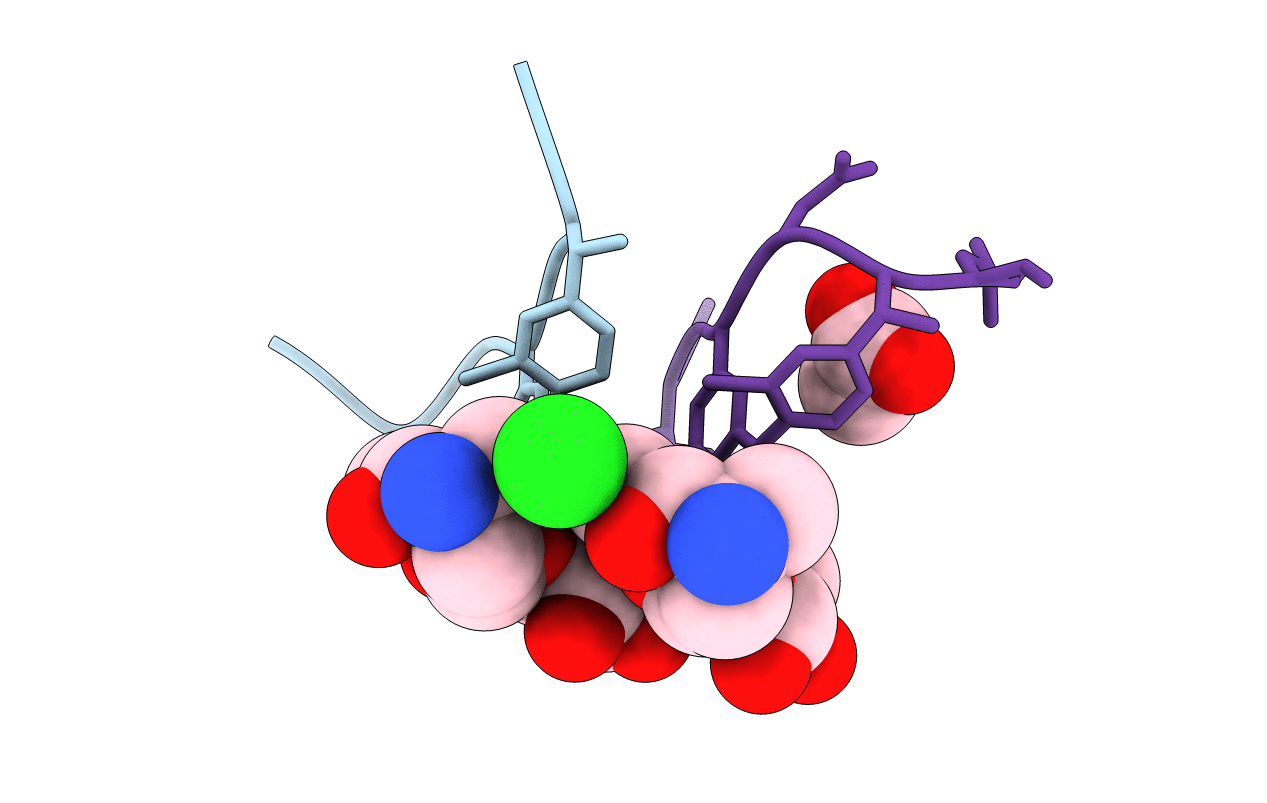
Deposition Date
1997-07-23
Release Date
1997-12-24
Last Version Date
2025-03-26
Method Details:
Experimental Method:
Resolution:
1.09 Å
R-Value Observed:
0.10
Space Group:
P 43 21 2


